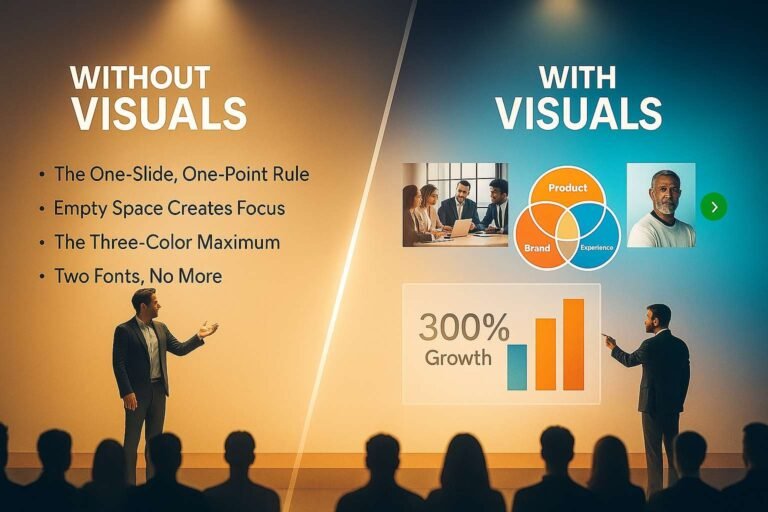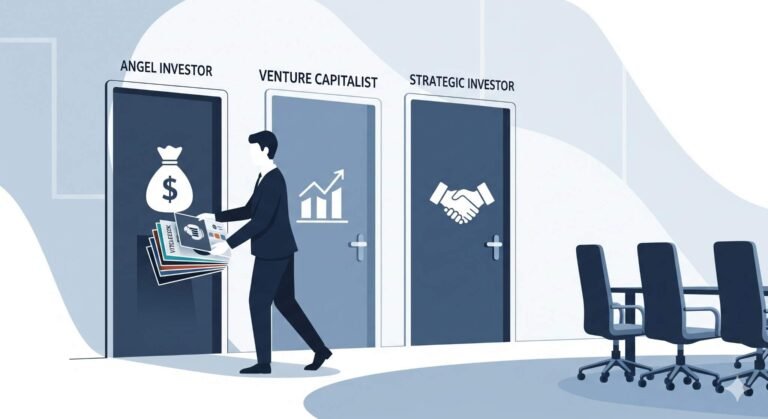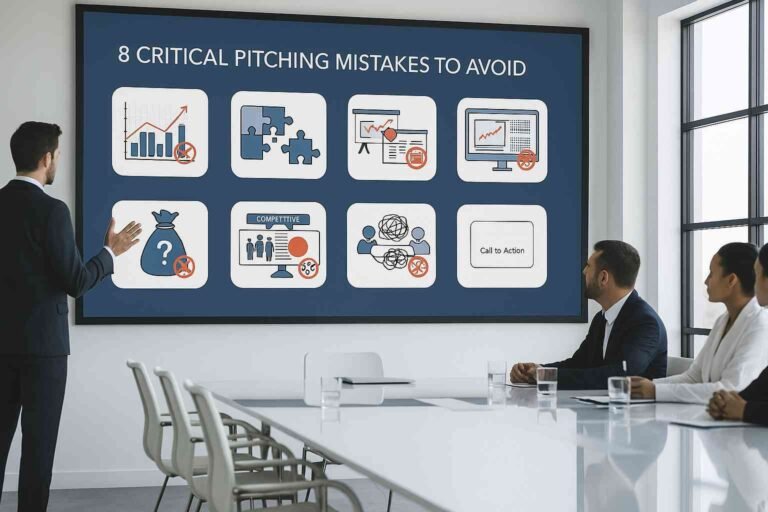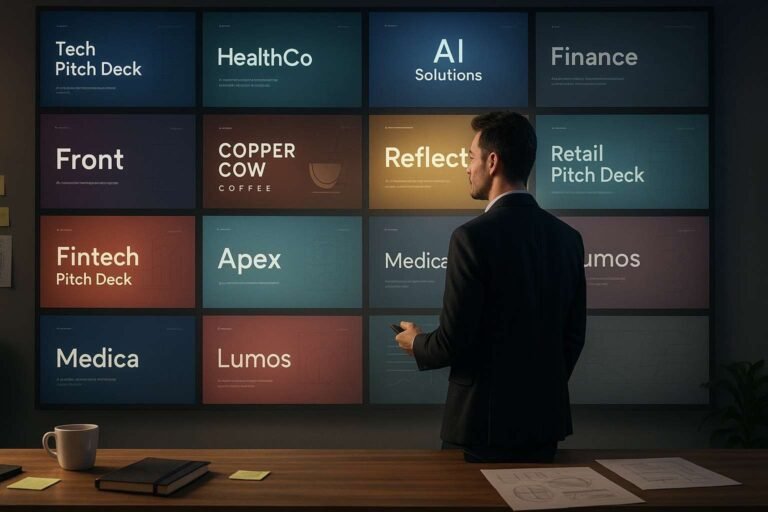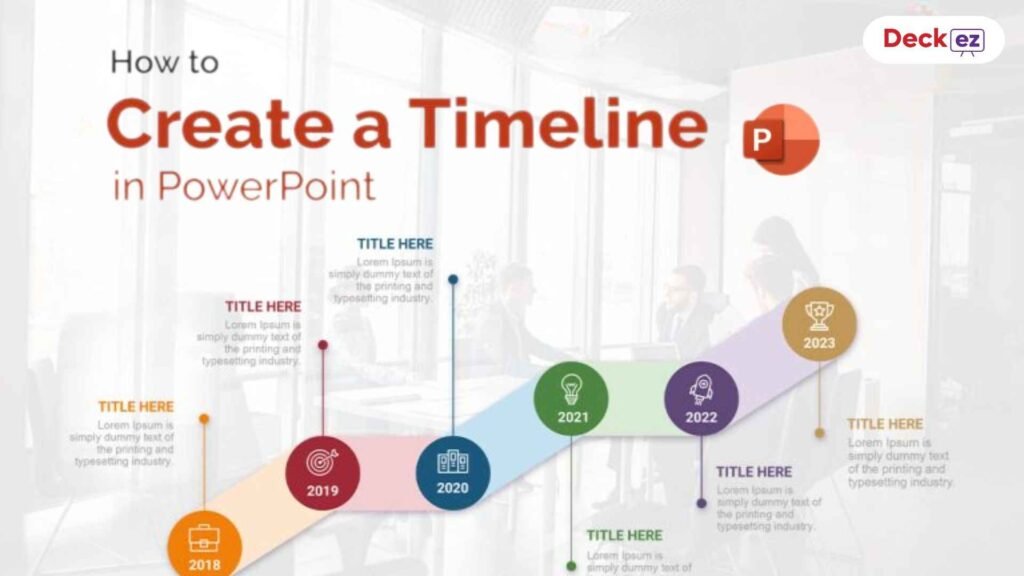Introduction
In today’s dynamic work environment, it is harder for teams to motivate and keep on the same page than ever before. Inspiring presentations drive creativity and foster collaboration and growth. When designed around the specific needs of your organization, these sessions encourage innovation, help with challenges, and bring a cohesive, productive culture to the team.
This blog lists ten interactive presentation topics designed to motivate and energize your team. Each of the listed topics is applicable, effective, and simple to customize for use in your workplace. It does not matter whether you lead a workshop, organize a team meeting, or even carry out a training session—you’ll find presentations on these subjects guaranteed to move people.
Top 10 Presentation Topics for the Team
1. Embracing Innovation in the Workplace
Innovation is not about creating some breakthrough idea; it’s more about building an environment that will create breakthrough ideas. Teams in competitive environments are more able to be flexible and innovative and better positioned to address challenges in a creative manner.
Key Discussion Points
- Barriers to Innovation: Address common challenges, such as fear of failure or resistance to change.
- Tools for Creativity: Introduce brainstorming techniques, design thinking frameworks, or digital tools that encourage innovation.
Empower your team with strategies to think outside the box and make innovation a core part of their daily work.
2. The Importance of Team Collaboration and Communication
Strong teamwork begins with open communication. Effective collaboration allows diverse skills and perspectives to come together, driving better outcomes.
Key Discussion Points
- Breaking Silos: Explore methods to reduce departmental or interpersonal silos.
- Communication Styles: Highlight the importance of understanding and adapting to different communication preferences.
Implement actionable methods to improve communication, foster trust, and ensure every team member feels heard and valued.
3. Building a Culture of Continuous Learning
Organizations that prioritize continuous learning see improved performance, engagement, and adaptability. Employees equipped with new skills feel empowered and motivated to contribute.
Key Discussion Points
- Microlearning: Introduce bite-sized training modules for busy teams.
- Learning Platforms: Discuss tools like LinkedIn Learning or company-specific learning management systems (LMS).
Make learning a core part of your culture by providing resources and opportunities for ongoing development.
4. Goal Setting and Achieving Success Together
Goal setting aligns individual efforts with team objectives. Collaborative goal-setting frameworks create a sense of ownership and shared responsibility.
Key Discussion Points
- SMART Goals: Introduce the Specific, Measurable, Achievable, Relevant, and Time-bound (SMART) framework.
- Alignment Strategies: Discuss how personal and team goals can complement organizational objectives.
Encourage alignment by ensuring everyone is working toward the same vision, fostering a sense of purpose and accountability.
5. The Future of Work: Trends and Challenges
As remote work, artificial intelligence (AI), and flexible schedules redefine the workplace, understanding future trends is vital for staying competitive.
Key Discussion Points
- AI and Automation: Discuss how these technologies can enhance productivity and reduce repetitive tasks.
- Hybrid Work Models: Address strategies to keep remote and in-office employees connected.
Equip your team with the knowledge and tools to embrace changes in the workplace with confidence and adaptability.
6. Celebrating Wins: Highlighting Team Achievements
Acknowledging achievements motivates employees and reinforces positive behaviors. Celebrating wins—big or small—boosts morale and team spirit.
Key Discussion Points
- Public Recognition: Share success stories during team meetings.
- Milestone Celebrations: Incorporate recognition into monthly or quarterly events.
Show your team that their contributions matter, creating a culture of appreciation and motivation.
7. Boosting Creativity with Problem-Solving Workshops
Workshops designed to address specific challenges encourage creative thinking and foster collaboration. These hands-on sessions help teams approach problems from new angles.
Key Discussion Points
- Workshop Frameworks: Introduce methods like the “5 Whys” or fishbone diagrams to analyze root causes.
- Creative Exercises: Use activities like mind mapping or role-playing to explore solutions.
Structure workshops that empower your team to tackle challenges creatively and effectively.
8. Enhancing Work-Life Balance for Better Productivity
A healthy work-life balance is essential for maintaining productivity, reducing burnout, and improving job satisfaction.
Key Discussion Points
- Time Management: Share tips for prioritizing tasks and setting boundaries.
- Wellness Programs: Discuss initiatives like flexible schedules, fitness incentives, or mental health resources.
Provide actionable strategies to support your team’s well-being, fostering a healthier and more productive workplace.
9. Diversity and Inclusion: Creating an Equitable Workplace
Diversity and inclusion (D&I) enhance creativity, innovation, and team performance. Creating an equitable workplace ensures that every employee feels valued and empowered.
Key Discussion Points
- Bias Awareness: Discuss unconscious bias and how to counter it.
- Inclusive Practices: Share actionable ways to create an environment where all voices are heard.
Promote a culture where diversity is celebrated, and inclusion is woven into the fabric of your organization.
10. Leveraging Collaborative Tech to Streamline Workflows
Collaborative tools enhance efficiency by simplifying communication and centralizing workflows. Cloud-based platforms and shared apps enable seamless teamwork.
Key Discussion Points
- Tool Recommendations: Introduce platforms like Asana, Slack, or Microsoft Teams.
- Streamlining Processes: Share best practices for integrating these tools into daily operations.
Adopt collaborative technologies to improve team efficiency and foster a more connected workplace.
Conclusion
The following presentation topics have been crafted to identify the challenges of your team, celebrate achievements, and inspire further growth. Feel free to mold them into what works for your organization to have a better influence.
A well-thought-out presentation can make a huge difference in terms of audience engagement and effectiveness. In collaboration with a presentation design service provider, they will make your content more visual, professional, and appealing while considering the core of your message. Begin now with these topics to get your team dynamic and motivated!


